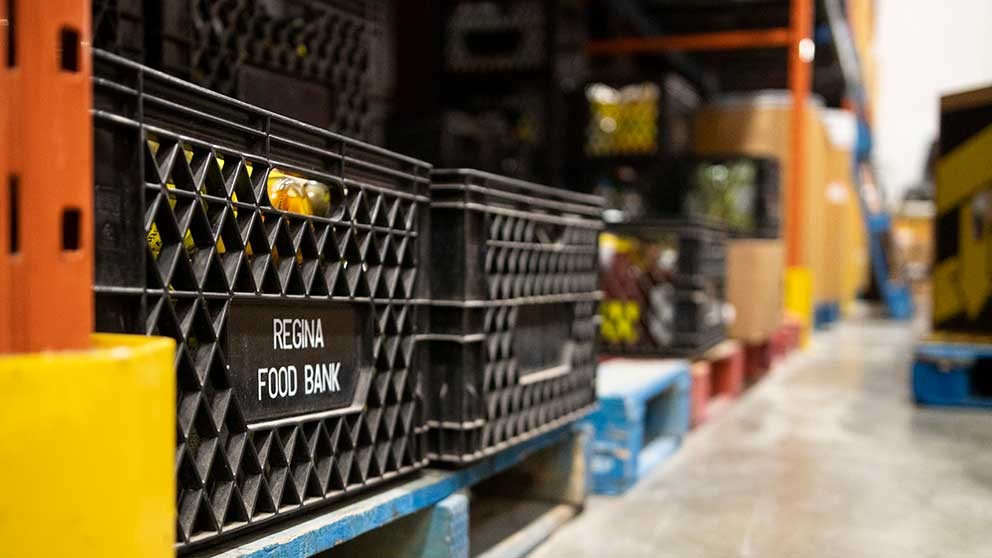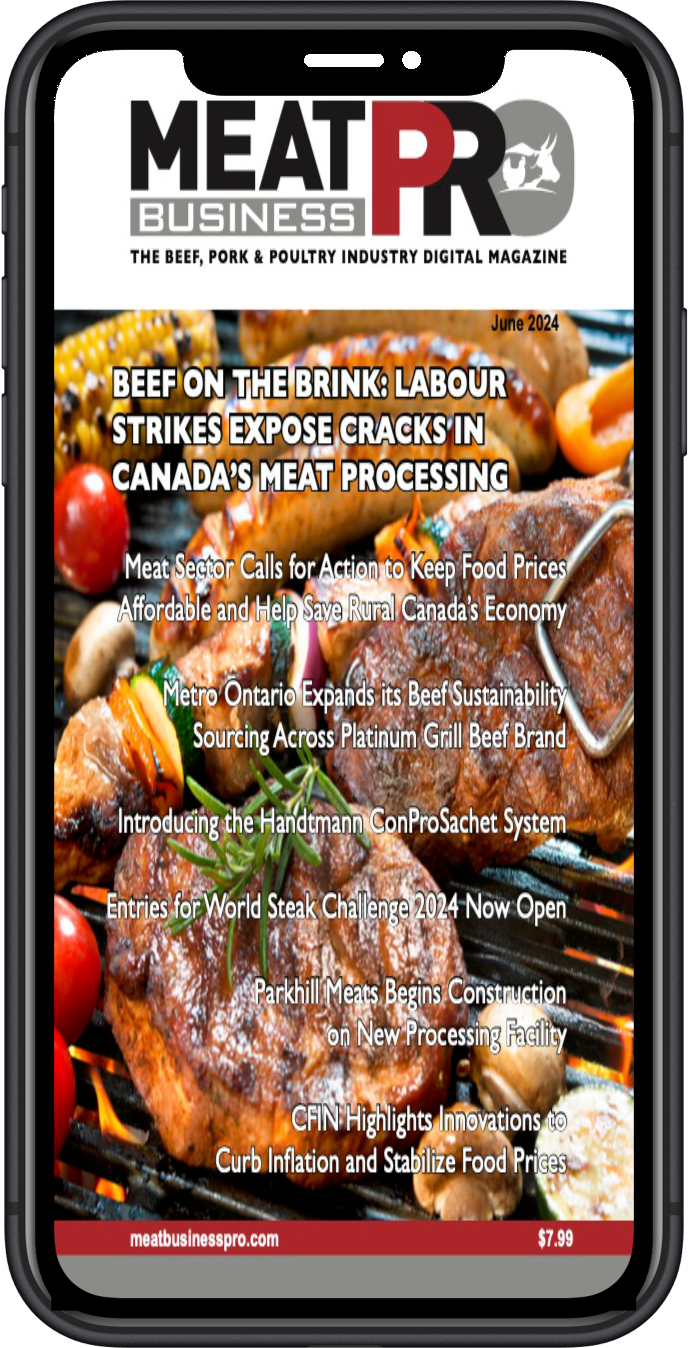Agri-Food Partners Ready to Address Food Bank Needs

Partnerships are key to helping Canada’s agri-food sector fill the skyrocketing needs at the country’s food banks.
Since the COVID-19 pandemic took hold, food bank use across the country has increased – in some cases, as much as 50%
by Owen Roberts – Farm Credit Canada (FCC)
At the same time, volunteers have dwindled because of isolation requirements, just as many food banks were headed into their annual spring drive.
Agri-food steps upCanadian individuals, commodity groups and businesses have stepped up in a major way.
For example, over the next three weeks in Quebec, convoys of donated food are heading to food banks there through a project called Les Cuisines Solidaires. Chefs, restaurants and financial supporters mobilized to transform food in quantities and formats usually suited for restaurants into at least 800,000 meals.
“If organizations find themselves with food that could be donated, we may be able to help”
In Alberta, Calgary-based entrepreneur Arlene Dickinson, a strong supporter of Canadian agri-food start-ups, led a Twitter campaign that raised nearly $200,000 in 48 hours for her hometown food bank last weekend.
In Ontario, Gray Ridge Egg Farms donated almost 11,000 eggs to Guelph’s Chalmers Centre, which includes a food bank.
“Those eggs will take us through a couple of weeks, for certain,” the centre tweeted in response.
The Grain Farmers of Ontario announced a $100,000 donation to the Feed Ontario COVID-19 Emergency Food Box program. This support will result in food boxes each containing $100 worth of pasta, cereal, crackers, fruits and vegetables and canned protein being distributed through almost 130 food banks in the province.
“Grain farmers have always been at the foundation of the food supply in Ontario,” the organization says. “We are committed to supporting our communities and the food system.”
On March 20, Food Banks Canada announced a special $150-million fundraising drive to feed those in need across the country, to address what it accurately predicted would be a surge in food bank use. And last week, the Egg Farmers of Canada supported the drive with a $25,000 donation.
“As a longstanding partner and supporter of their mission to relieve hunger today and prevent it tomorrow, egg farmers responded to the call,” the commodity group says.
FCC Drive Away Hunger starts earlyFor its part, FCC is shifting its annual food bank campaign into high gear sooner than normal. The FCC Community Investment team usually launches the campaign in May. It ends right after Thanksgiving with the highly visible FCC Drive Away Hunger initiative.
But this year, the campaign is already underway.
Even though many producers, processors, manufacturers and distributors are affected by the COVID-19 pandemic themselves, they’re still seeking ways to immediately support their communities, says Susan Cameron, FCC Community Investment consultant.
“Our partners told us they were eager to start early,” Cameron says, “so together, that’s what we’ve done.”
With support throughout the agri-food sector, FCC generated 16 million meals in 2019 through cash and food donations. The overwhelming majority was bulk food donations from participants in the food value chain, matching food availability across the nation with food needs.Cameron says food banks’ immediate need is cash, to help them operate as efficiently as possible and with fewer volunteer resources. Every $1 raised through FCC Drive Away Hunger buys three meals or one pound of food through a food bank.
FCC also partners with businesses such as BDO on fundraising drives for food banks and works with food processors like The Bonduelle Group and Lou’s Kitchen to recover food that otherwise would not make it into food distribution channels. This is food that is nutritious and safe. But due to several factors – packaging, appearance, and now, disruption because of COVID-19 business closures – it will not be sold to a vendor.
Finally, FCC is increasing its annual donation this year to Food Banks Canada to $150,000, as well as giving a total sum of $130,000 to provincial food bank associations.
Always looking for partnershipsCameron and her team are continuing to look for more opportunities to help food banks at this difficult time.
If organizations find themselves with food that could be donated, we may be able to help.“The supply chain has had to make big changes as a result of the pandemic. If organizations find themselves with food that could be donated, we may be able to help ,” Cameron says. “We have great connections to those who need it, and we’d love to help.”
Monetary food bank donations can be made through an FCC Drive Away Hunger page at Food Banks Canada. Or, to connect with FCC about food donations, email Drive Away Hunger.
Bottom lineThe onset of COVID-19 and states of emergency declarations across the country sent thousands of Canadians home in March, spiking unprecedented demands on food banks. Agri-business, farm commodity groups and individual farms across the country have stepped in to help food banks out. And FCC’s Drive Away Hunger will get an early start this year.











